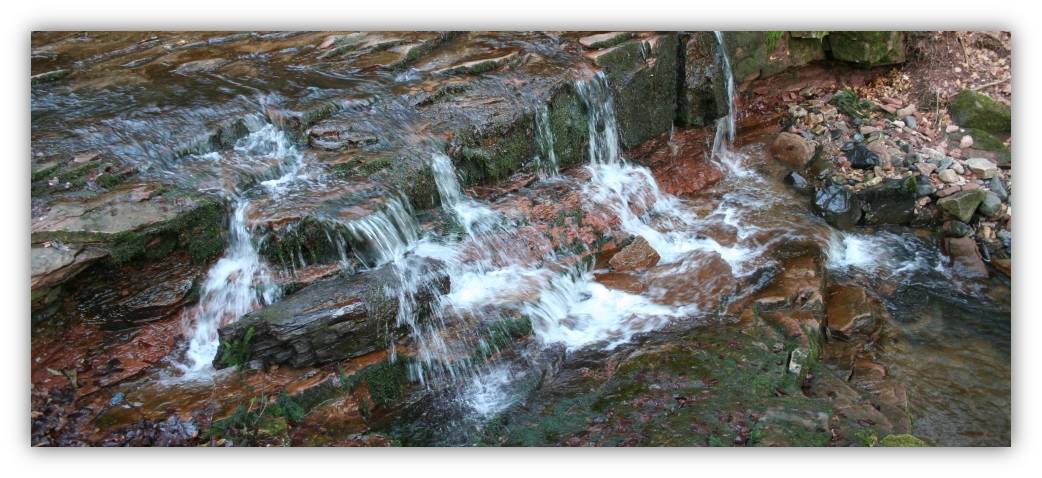
When the cool, usually oxygene-poor ground water surfaces, it takes up a lot of oxygene from the air, leading to an over-saturation with oxygene. This is shown by the formation of small bubbles in the water. The more the water temperature is rising along the spring stream (e.g. by the lack of shading), the faster the oxygene content is diminishing again. This is caused by the anomaly of water, to dissolve less oxygene with increasing temperature. The resulting surplus oxygene is going back into the air. Spring-inhabiting species like planaria are depending on oxygene-rich and nutirent-poor stretches of water. They are very sensitive to a prolonged lack of oxygene. Lack of oxygene may also be caused by breakdown processes of agronomical nitrogene leaching into the spring.


